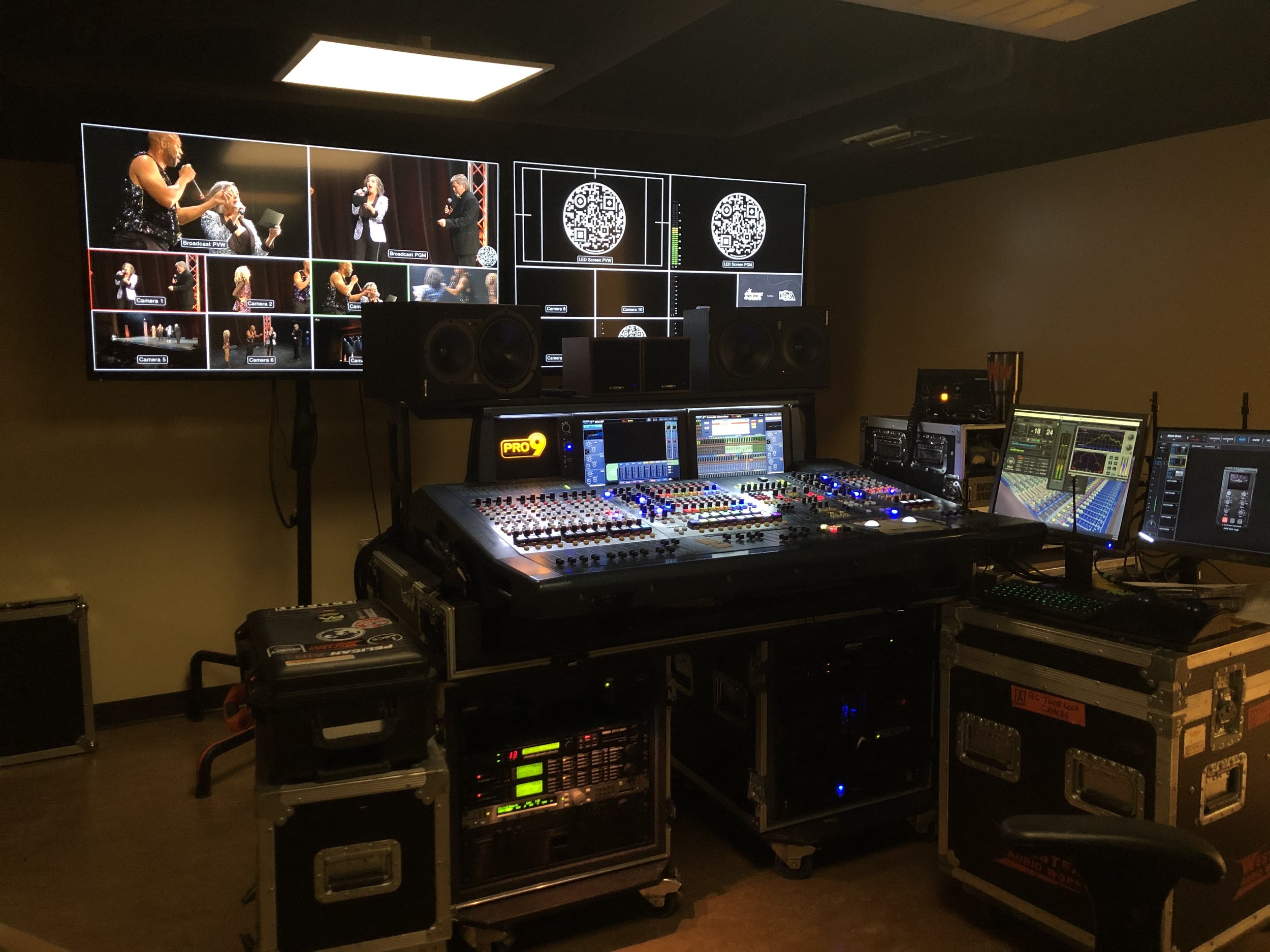Ideal Strategies for Positioning Surveillance Cameras to Improve Surveillance Effectiveness
Ideal Strategies for Positioning Surveillance Cameras to Improve Surveillance Effectiveness
Blog Article

Placing security cameras effectively is essential to improving surveillance in different environments, such as homes, commercial properties, and community areas. The primary objective of security systems is to discourage crime while also provide evidence during case of events. To achieve this, it becomes essential to take into account several elements, including surveillance camera placement, range of vision, and the particular areas that need monitoring. By comprehending these elements, people and entities can create a thorough surveillance plan that optimizes the effectiveness of their surveillance systems.
One of the initial steps in placing security systems is to determine key areas that need monitoring. High-risk zones, including entrances, exit points, parking areas, and locations with valuable assets, must be prioritized. It also crucial to consider areas not visible, which are locations that may not be seen from certain perspectives. By charting out these critical areas, security staff can ensure that every nook is observed, reducing the chances of illegal activity going undetected. Additionally, placing cameras at key points can assist create a comprehensive view of the property, allowing for improved total security monitoring.
The field of a security system is another crucial element to consider. Various kinds of cameras provide varying fields of vision, which can influence how much area gets captured in the footage. For example, wide-angle cameras can cover bigger spaces, making them perfect for open locations, while PTZ systems can be adjusted to concentrate on particular features. When positioning surveillance systems, it is essential to choose the right type based on the location being monitored. This ensures that look at this now the system can capture sharp footage and provide valuable data in case of an incident.
Elevation and tilt of mounting also play a significant role in the effectiveness of surveillance systems. Surveillance systems must be mounted at a height that is out of reach of possible tampering but still enables for unobstructed viewing of identifying features and additional recognizable features. A common recommendation is to mount systems at least eight to 10 ft off the ground. Additionally, the angle at which the camera is set can affect its capability to capture important details. Surveillance systems must be tilted to minimize reflection and avoid obstructions, guaranteeing that they can record sharp video at any times.
Finally, regular upkeep and improvements to the security camera are crucial for sustained effectiveness. This includes checking camera performance, wiping lenses, and ensuring that firmware remains up to date. Regular evaluations of the monitoring strategy can help detect any new areas not visible or locations that may require extra monitoring. By remaining proactive and making required changes, individuals and entities can improve their surveillance effectiveness and ensure that their surveillance systems continue to fulfill their designated purpose.